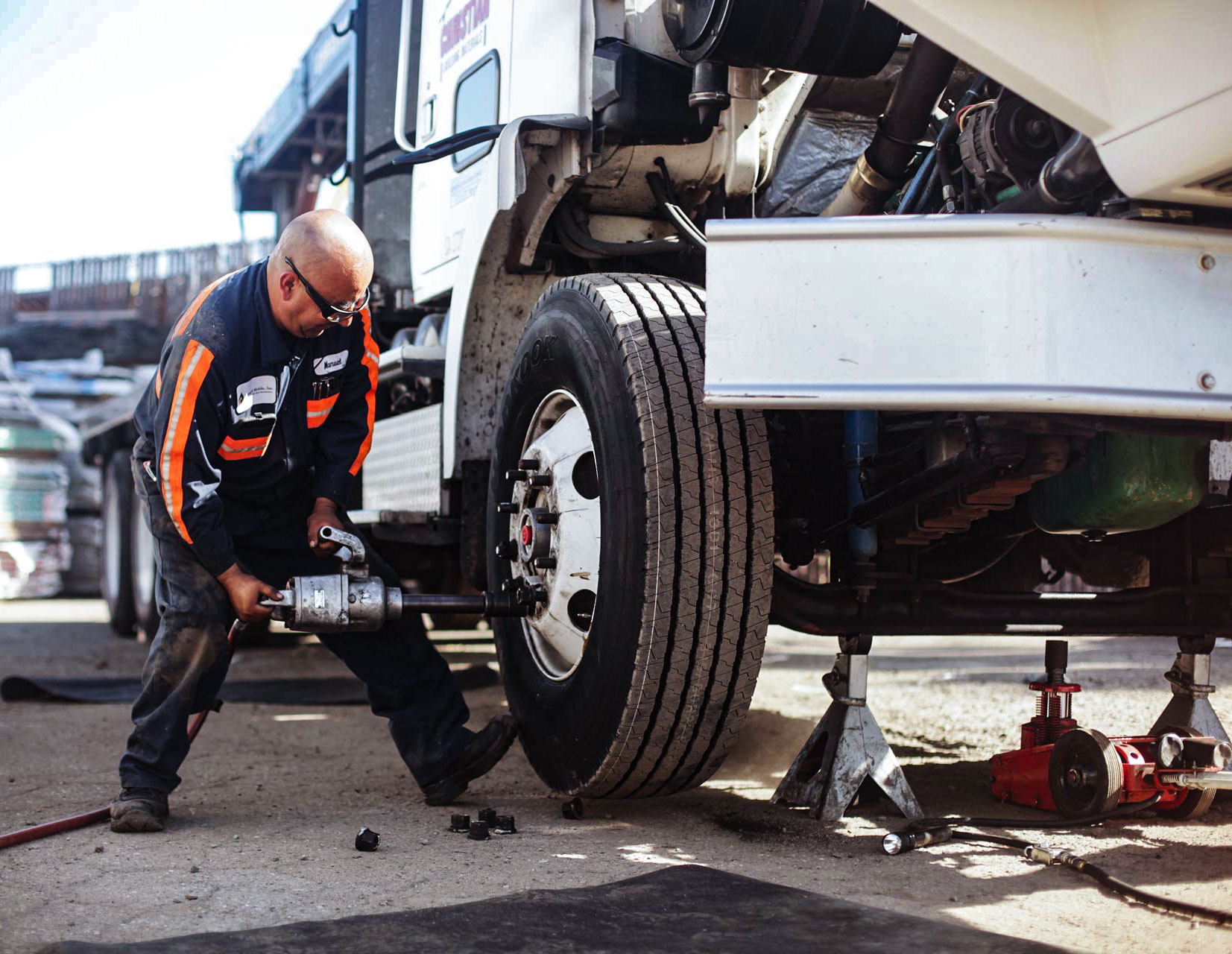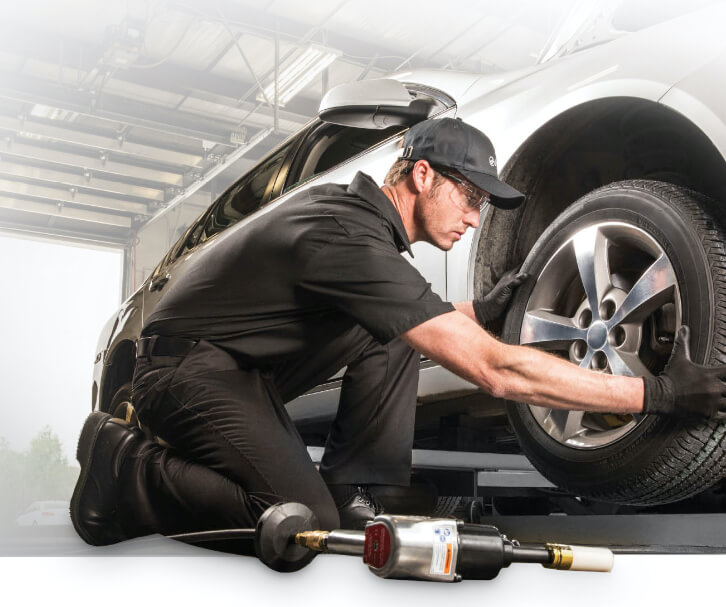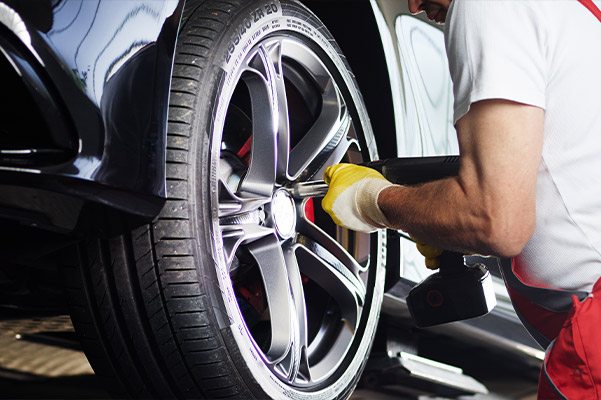Get Road-Ready with Specialist GMC Tires Service at Morris Tires
Get Road-Ready with Specialist GMC Tires Service at Morris Tires
Blog Article
Tire Service: The Effect of Climate Condition
When it pertains to making certain ideal performance and safety and security when traveling, comprehending the influence of weather on tire solution is vital. From scorching warmth to icy roadways, each weather aspect can significantly influence tire capability and total driving experience. By diving into the results of varying climate conditions on tires, vehicle drivers can get valuable understandings that might enhance their vehicle's efficiency and long life. In this conversation, we will certainly check out the complex partnership between climate condition and tire service, clarifying the value of weather-specific tire maintenance practices and factors to consider.
Heat and Tire Performance
When subjected to high temperature levels, tires experience adjustments in efficiency that can significantly impact car safety and handling. The warm generated from extended driving or hot climate conditions creates the tire rubber to soften, leading to minimized tread life and enhanced wear.

Cold Weather Condition Results
Cold climate conditions can have a significant effect on tire efficiency and security. In cool climate, tires may also shed air pressure more swiftly, which can impact taking care of and gas performance.
To alleviate the results of cold weather on tires, it is crucial to routinely check tire stress and inflate them to the maker's advised degrees. Using winter months or all-season tires made for cool climate conditions can also improve grip and grasp on icy or snowy roads. Appropriate tire maintenance, including routine examinations for wear and damages, comes to be much more crucial during cooler months to ensure optimum efficiency and safety.
Rainy Conditions Effect
During wet conditions, tire efficiency and safety can be significantly affected by the wet roadway surface areas and lowered visibility. The step pattern of tires plays a crucial duty in keeping grip on damp roadways. Tires with worn-out treads are extra vulnerable to hydroplaning, where a layer of water accumulates in between the roadway and the tire surface area, leading to loss of traction. To combat this, motorists should regularly check their tires for adequate step deepness and consider buying tires especially created for wet conditions.
Additionally, wet climate can additionally decrease exposure, making it testing for click this site vehicle drivers to see the roadway ahead plainly (GMC Tire Service). In such problems, it is vital to readjust driving speeds accordingly and keep a secure adhering to distance to enable sudden quits. Effectively inflated tires can additionally assist in keeping control on wet roads by giving much better handling and grasp
Snow and Tire Security
When driving in snowy conditions, having the appropriate tires can make a significant difference in safety and security and performance. Winter season tires are designed with special rubber compounds and step patterns to supply much better grip on snow and ice contrasted to all-season tires.

It is important to comply with producer instructions when installing and using tire chains to prevent damages to the tires and car. By picking the ideal tires, keeping appropriate rising cost of living, and considering added grip aids like tire chains, chauffeurs can improve their safety when navigating snow-covered roadways.
Weather-Related Tire Upkeep
When confronted with numerous climate condition, proper tire maintenance comes to be an essential aspect of automobile safety and security and efficiency. Weather-related tire upkeep includes a range of methods focused on making sure ideal tire feature and longevity in different climate scenarios. One crucial facet of weather-related tire upkeep is tire stress policy. Fluctuating temperatures can cause tire pressure to vary, influencing have a peek at this website traction and fuel performance. On a regular basis checking and adjusting tire stress according to maker recommendations is crucial for secure driving in changing weather condition conditions. In addition, tire walk deepness plays a significant function in dealing with various climate components. Tires with sufficient step depth offer much better grip on damp or icy roads, lowering the danger of skidding or hydroplaning. When tread wear gets look at this web-site to a certain depth is crucial for preserving traction and security in adverse climate, checking tire walk frequently and changing tires. By focusing on weather-related tire maintenance, chauffeurs can improve safety, enhance car performance, and lengthen the life expectancy of their tires.
Verdict
In verdict, weather conditions have a substantial influence on tire performance and security. From heat influencing tire pressure and wear to cool climate minimizing traction, it is important to consider the weather condition when keeping and utilizing tires.
In this discussion, we will check out the elaborate relationship between weather condition problems and tire service, losing light on the importance of weather-specific tire maintenance practices and factors to consider.

Report this page